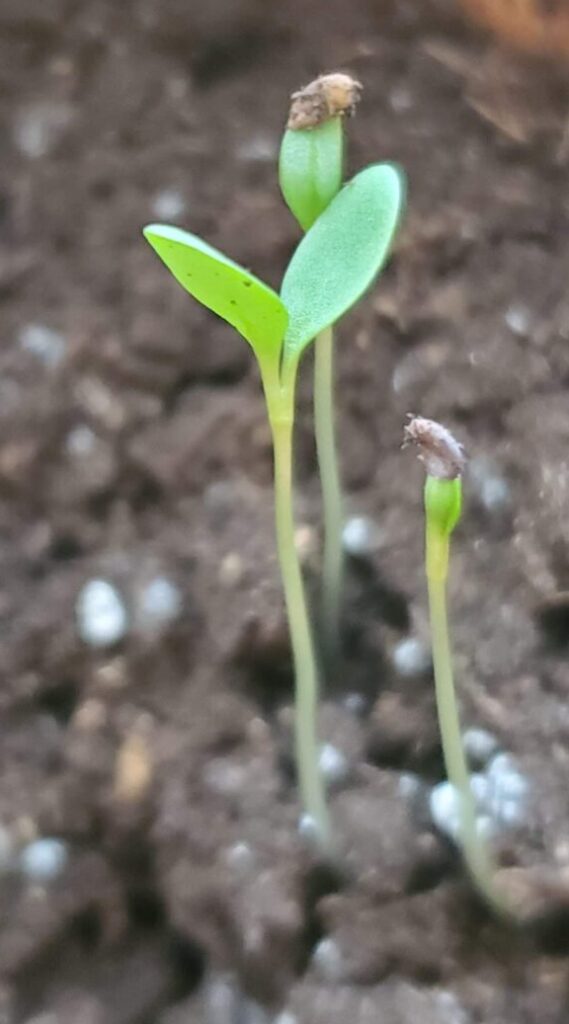In a pure stand, seed alfalfa at a rate of 13–22 kg/ha (12–20 lb/acre) of pure live seed. Under excellent management and favourable conditions for establishment, these rates may be reduced up to 25%. When coated seed is used, do not reduce these rates, because coated seed contains fewer seeds per unit weight. Do not expect very high seeding rates to compensate for poor conditions (e.g., a rough seedbed, a heavy companion crop).
Seeding depth should be 5–12.5 mm (¼–½ in.) on clay and loam soils, and 12.5–20 mm (½–¾ in.) on sandy soils. Emergence declines rapidly if alfalfa seeds are planted more than 20 mm (¾ in.) deep.
Well-nodulated alfalfa can fix 170–225 kg of nitrogen/ha/year (150–200 lb/acre/year). To fix nitrogen effectively, alfalfa must be inoculated with Sinorhizobium meliloti bacteria (Inoculant Group A). If purchasing pre-inoculated seed, ask how the seed was handled and stored prior to purchase to determine whether it is likely the inoculant is still viable.
Timing
Frost Seeding
Frost seeding is not recommended for alfalfa. Seedlings are most susceptible to frost injury from the second trifoliate stage until the crown is fully developed. Depending on the variety, crown development may take 10-16 weeks. Frost seeding puts new seedlings at an unacceptably high risk of being killed by frost.
Spring Seeding
The most reliable time to seed alfalfa is early spring, regardless of whether the crop is direct-seeded or seeded with a companion crop. With a spring seeding, moisture is usually adequate, and the plants are well established for winter survival. Plant as early as a favourable seedbed can be prepared to increase the chances of adequate moisture during the critical germination and early growth period.
Summer Seeding
Summer seeding can be a viable alternative to spring seeding. It has the advantage of providing a full yield the following year. A summer seeding can typically follow winter or spring cereal harvest. Companion crops are not recommended in summer seedings because they compete too strongly for available soil moisture.
Seeding too early in the summer increases the risk of hot, dry conditions, affecting germination and seedling development. Seeding too late increases the chance of receiving a killing frost before legume seedlings are adequately established to accumulate enough root reserves to survive the winter. Legumes seeded after early September rarely survive the winter, since small legume plants are more susceptible to heaving.
The optimal time to summer seed alfalfa mixes depends on the length of the growing season:
• more than 3,100 CHUs — August 10–20
• 2,700 to 3,100 CHUs — August 1–10
• less than 2,700 CHUs — July 20–August 1
